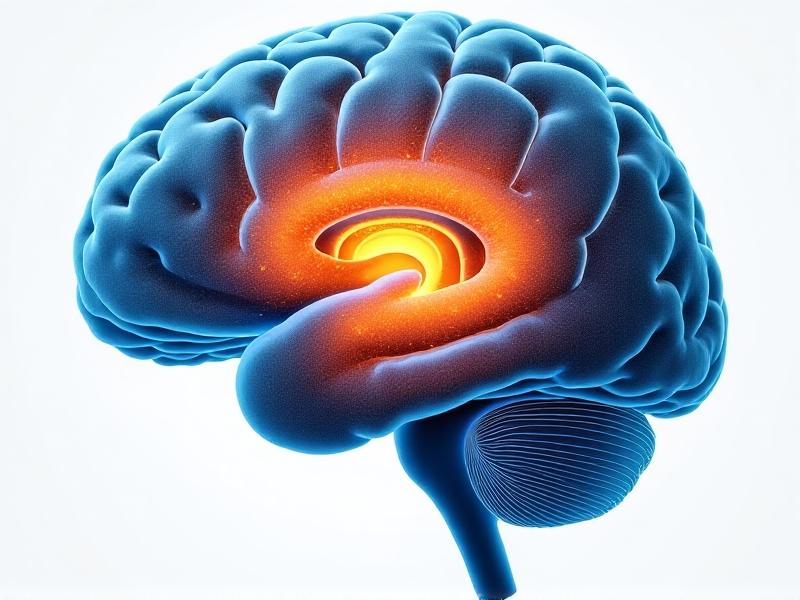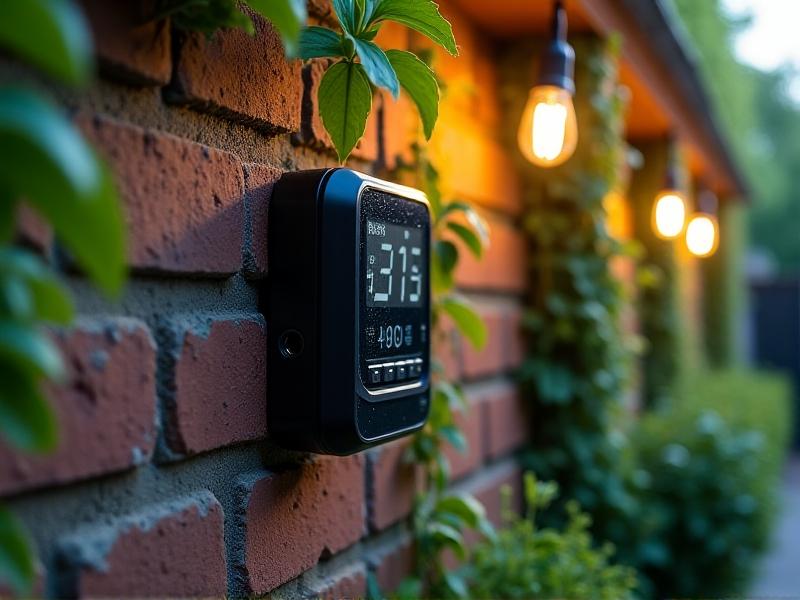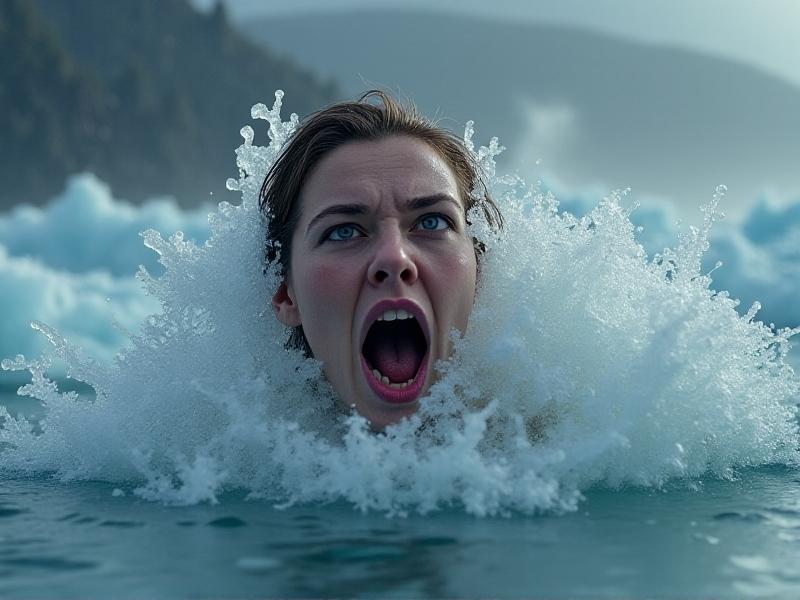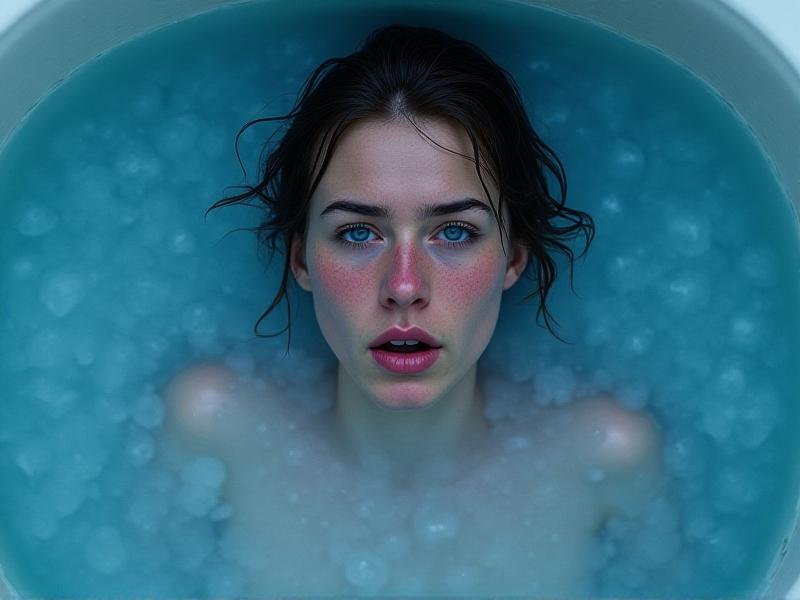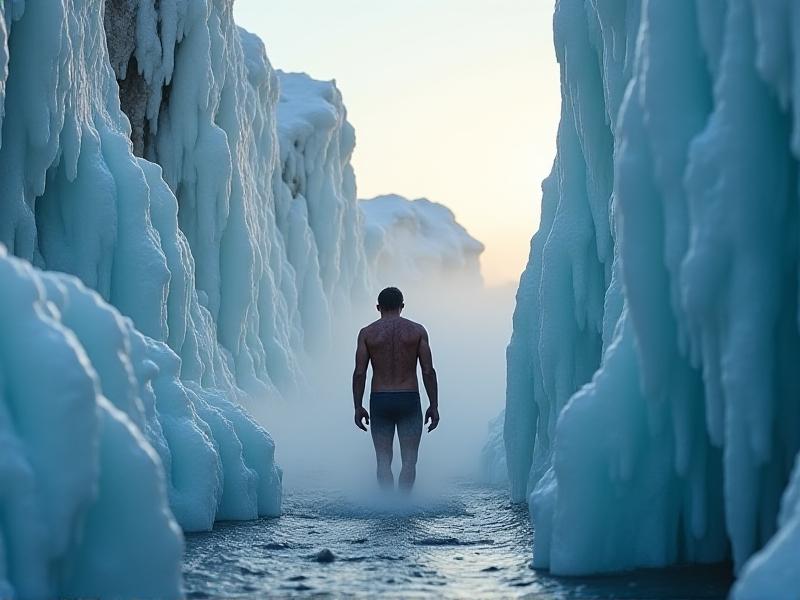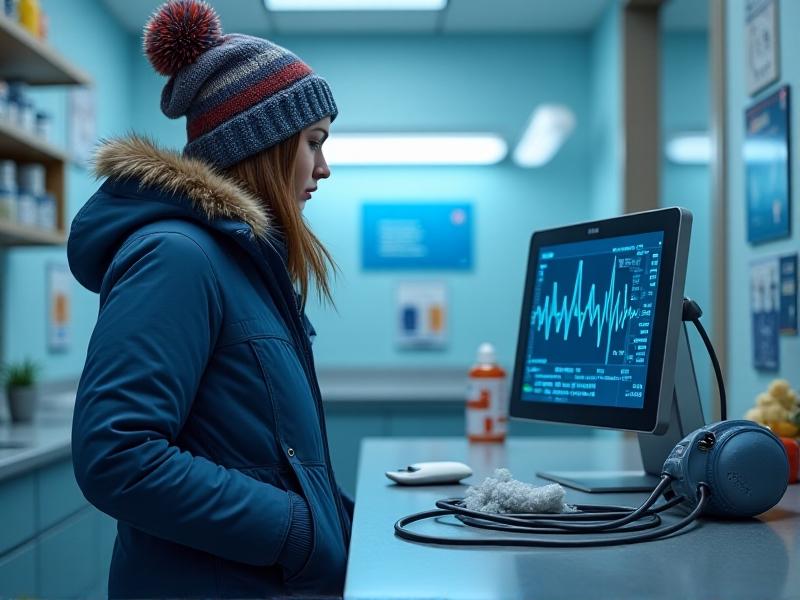Contrast Therapy Temperature Cycling Ratios
The Science Behind Contrast Therapy Temperature Cycling
Contrast therapy, alternating between hot and cold treatments, leverages thermoregulatory mechanisms to enhance recovery. Exposure to heat dilates blood vessels, increasing circulation and nutrient delivery. Cold exposure constricts them, reducing inflammation and metabolic activity. This "pump effect" flushes waste products like lactic acid while stimulating cellular repair. Research in the Journal of Thermal Biology highlights how alternating temperatures modulate inflammatory cytokines, balancing recovery and immune response.
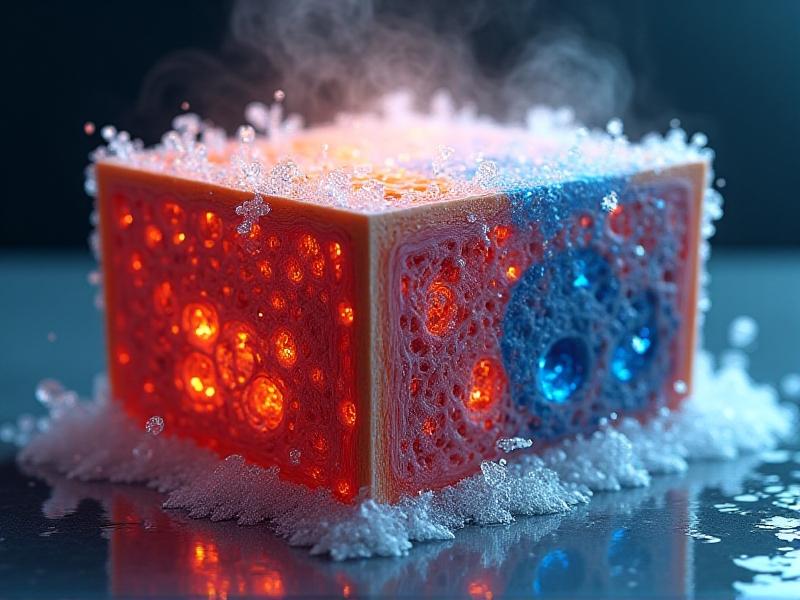
Optimal Temperature Ratios for Maximum Efficacy
Effective contrast therapy relies on precise temperature ratios. A common protocol uses 3:1 (heat:cold) timing—15 minutes in a sauna followed by 5 minutes in an ice bath. However, studies in Sports Medicine suggest ratios vary based on goals: 2:1 for acute muscle recovery versus 4:1 for chronic pain management. Water temperatures typically range between 38–45°C for heat and 10–15°C for cold. Deviating beyond these ranges risks thermal injury or reduced therapeutic benefits.

Physiological Adaptations to Thermal Stress
Repeated contrast therapy induces hormesis—a stress-response adaptation. Heat shock proteins (HSPs) repair denatured proteins, while cold acclimation boosts brown adipose tissue activity. A 2022 study in Cell Metabolism found improved mitochondrial efficiency in athletes after six weeks of thermal cycling. These adaptations enhance resilience to exercise-induced stress and improve metabolic flexibility, making the body more efficient at switching energy sources during activity.
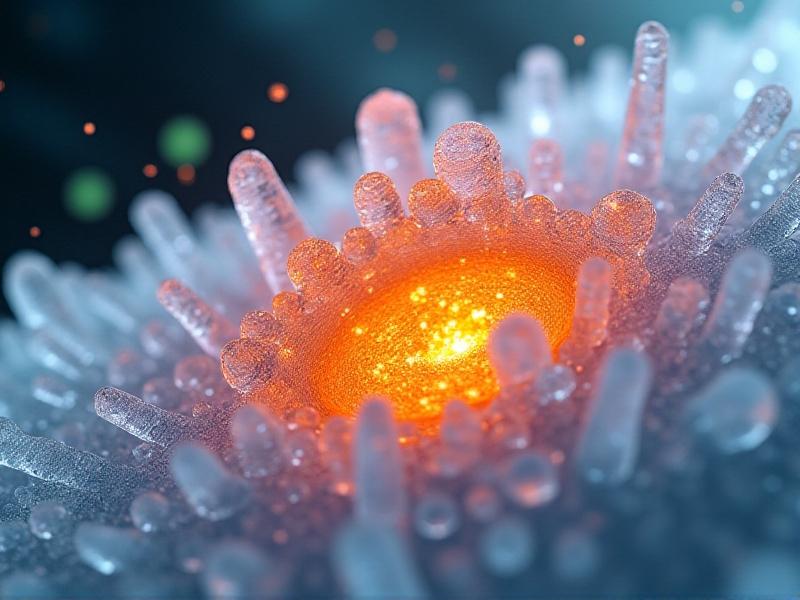
Contrast Therapy in Athletic Performance
Elite athletes use temperature cycling to accelerate recovery between competitions. A case study from the NFL showed players regained 89% of baseline strength 24 hours post-Contrast Therapy versus 72% with passive recovery. Cryotherapy chambers (-110°C) followed by infrared saunas (60°C) are now staples in sports facilities. However, overuse can blunt hypertrophy—cold exposure inhibits mTOR pathways critical for muscle growth, requiring strategic timing around training phases.
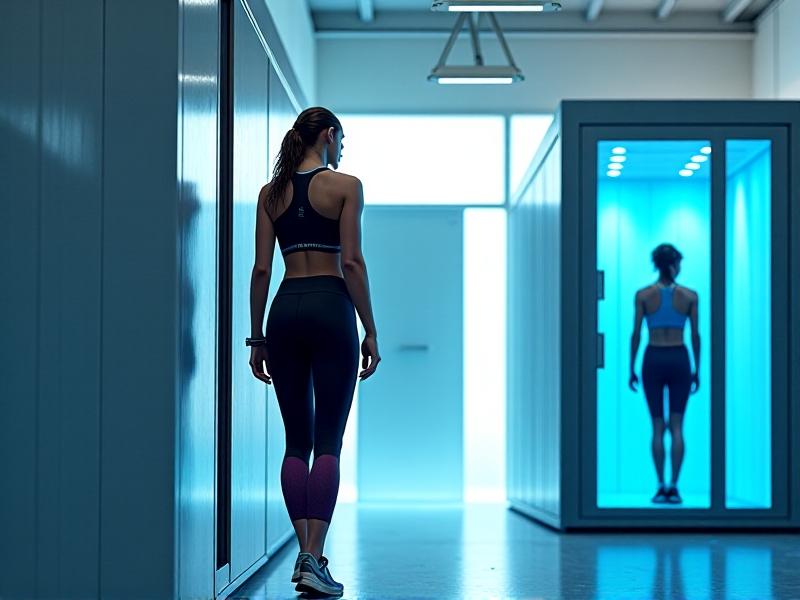
Myth-Busting Common Misconceptions
Contrary to influencer trends, contrast therapy isn’t a one-size-fits-all solution. No evidence supports claims of "detoxification" through sweating—the liver and kidneys handle toxins. Moreover, ice baths post-resistance training may hinder gains by reducing anabolic signaling. A Cochrane Review found limited benefits for non-athletes, emphasizing need-based application rather than ritualistic use. Always consult sports physicians to align protocols with individual recovery needs.
Innovations in Temperature Cycling Technology
Smart recovery wearables now personalize contrast therapy. The ThermoSuit Pro adjusts limb-specific temperatures using Peltier modules, guided by real-time lactate measurements. Apps like RecovTek calculate ideal ratios based on heart rate variability (HRV) and sleep data. Meanwhile, resorts offer geothermal contrast pools harnessing natural hot springs and chilled mountain streams—merging tradition with tech-driven precision.
Implementing Contrast Therapy Safely at Home
For DIY enthusiasts, start with accessible methods: alternating hot showers and cold splashes. Use a 2:1 ratio (2 minutes hot, 1 minute cold) for 3 cycles, avoiding extreme temperatures. Invest in a quality thermometer—submerge limbs rather than full torso if cardiovascular risks exist. Pregnant individuals or those with Raynaud’s should avoid cold immersion. Gradually increase exposure over weeks to allow vascular adaptation.
